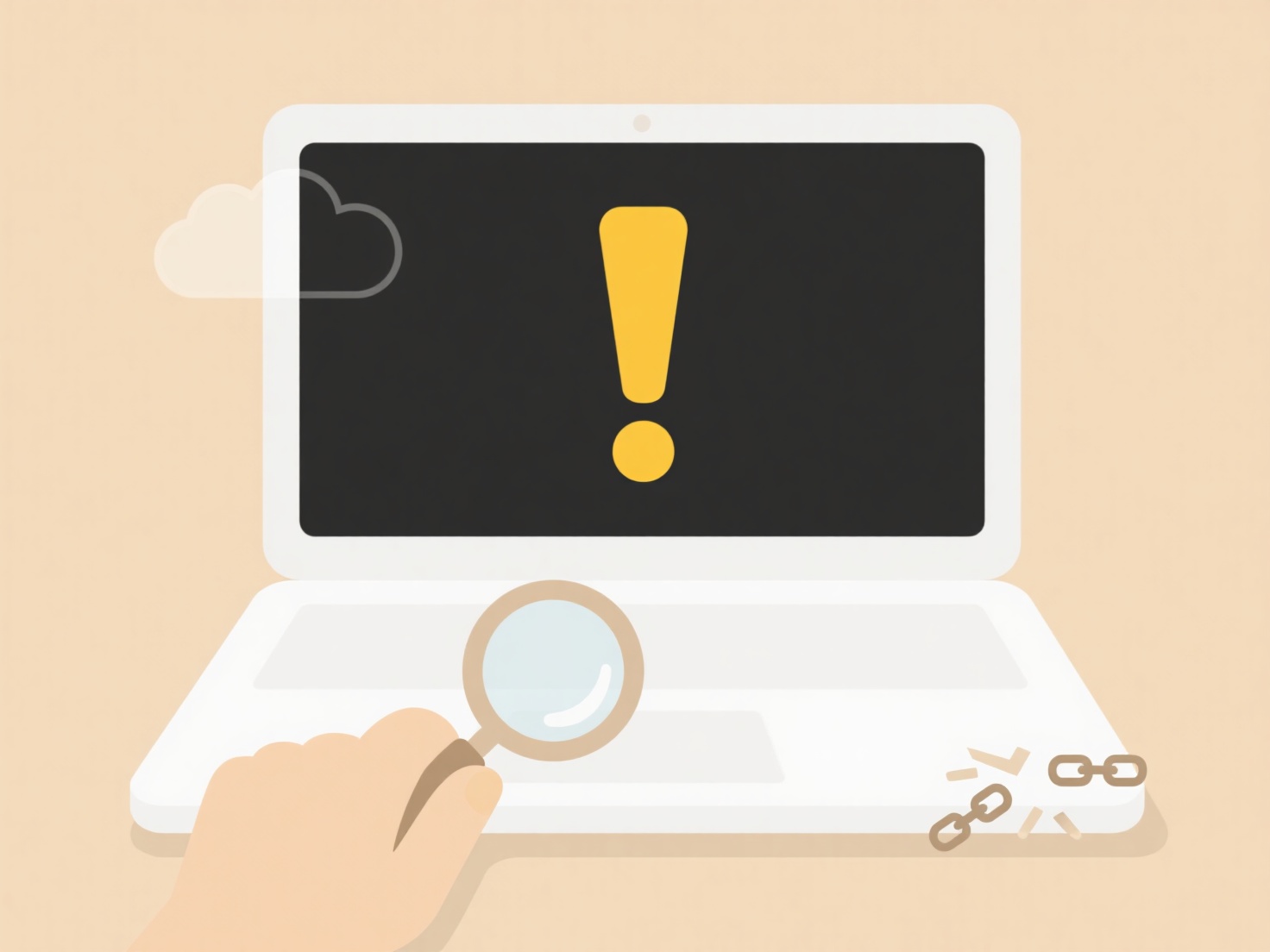
A USB drive, also known as a flash drive or thumb drive, is a small, portable device that plugs into a computer's USB port to store files. Saving a file to it involves inserting the drive, waiting for the computer to recognize it, locating the file you wish to save on your computer, copying (or cutting) it, opening the USB drive window (accessible through File Explorer on Windows or Finder on Mac), and pasting the file. This process transfers a copy of the file directly from your computer's internal storage onto the USB drive.
For example, a student might save a finished essay document directly onto their USB drive to submit it on a library computer later. Similarly, an IT professional might transfer software installation files onto a USB drive to deploy on multiple computers that lack internet access. It's commonly used across education, business, and personal computing to physically move documents, photos, music, or other digital content between devices.

The primary advantages of USB drives are their portability, affordability, and ubiquitous compatibility, functioning without internet access. Key limitations include vulnerability to physical loss or damage, potential data corruption if improperly ejected, and limited storage capacity compared to external hard drives or cloud services. Ethical considerations involve respecting software licenses when copying programs and preventing malware spread through infected drives. While cloud storage grows, USB drives remain vital for secure offline transfer and compatibility in diverse environments.
How do I save a file to a USB drive?
A USB drive, also known as a flash drive or thumb drive, is a small, portable device that plugs into a computer's USB port to store files. Saving a file to it involves inserting the drive, waiting for the computer to recognize it, locating the file you wish to save on your computer, copying (or cutting) it, opening the USB drive window (accessible through File Explorer on Windows or Finder on Mac), and pasting the file. This process transfers a copy of the file directly from your computer's internal storage onto the USB drive.
For example, a student might save a finished essay document directly onto their USB drive to submit it on a library computer later. Similarly, an IT professional might transfer software installation files onto a USB drive to deploy on multiple computers that lack internet access. It's commonly used across education, business, and personal computing to physically move documents, photos, music, or other digital content between devices.

The primary advantages of USB drives are their portability, affordability, and ubiquitous compatibility, functioning without internet access. Key limitations include vulnerability to physical loss or damage, potential data corruption if improperly ejected, and limited storage capacity compared to external hard drives or cloud services. Ethical considerations involve respecting software licenses when copying programs and preventing malware spread through infected drives. While cloud storage grows, USB drives remain vital for secure offline transfer and compatibility in diverse environments.
Quick Article Links
Can I sync only when on Wi-Fi?
Syncing only when connected to Wi-Fi refers to a device or application setting that restricts data uploads and downloads...
Can I see who edited a shared file?
Shared file editing visibility reveals who modified documents in collaborative spaces. It works by tracking user access ...
Can I bulk unshare everything I’ve shared?
Bulk unsharing refers to the capability of simultaneously revoking access permissions you've granted to multiple files o...